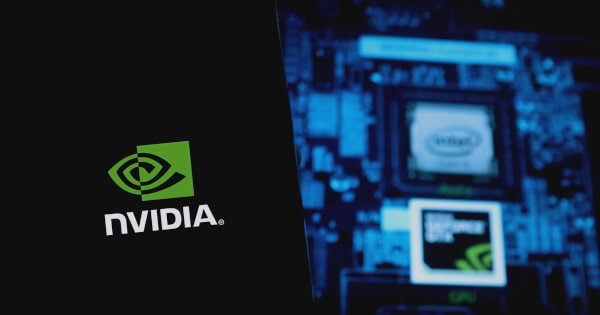Optimizing Language Models: NVIDIA’s NeMo Framework for Model Pruning and Distillation

Rebeca Moen
Feb 13, 2025 17:13
Explore how NVIDIA’s NeMo Framework employs model pruning and knowledge distillation to create efficient language models, reducing computational costs and energy consumption while maintaining performance.
NVIDIA’s NeMo Framework is at the forefront of optimizing large language models (LLMs) through innovative techniques like model pruning and knowledge distillation. These methods are essential for creating smaller, more efficient models without compromising performance, according to NVIDIA’s blog post by Gomathy Venkata Krishnan.
Understanding Model Pruning and Knowledge Distillation
Model pruning involves reducing the size of a neural network by removing redundant elements, such as neurons and layers, which can be categorized into width-pruning and depth-pruning. Width-pruning focuses on reducing neurons and attention heads, whereas depth-pruning involves dropping entire layers. Knowledge distillation, on the other hand, transfers knowledge from a large model (teacher) to a smaller model (student), allowing the smaller model to be more efficient and less resource-intensive.
The process of pruning and distillation is exemplified in the transition from the Meta-Llama-3.1-8B model to a more compact 4B model using the NeMo Framework. This process includes a series of steps such as dataset preparation, model fine-tuning, and the actual pruning and distillation, which are detailed in NVIDIA’s tutorial.
NeMo Framework’s Pruning and Distillation Pipeline
The NeMo Framework provides a comprehensive pipeline for pruning and distillation. This involves preparing datasets, fine-tuning the teacher model, and applying pruning techniques to create a student model. The framework also supports visualization of training results, which is crucial for understanding model performance.
For instance, the WikiText-103 dataset, a collection of over 100 million tokens from Wikipedia, is used to fine-tune and test the models. The framework supports tokenization and memory-mapped data formats, which are essential for efficient processing.
Technical Requirements and Setup
The process requires access to high-performance computing resources, such as NVIDIA GPUs with significant memory capacity, and a Docker-enabled environment. The NeMo Framework’s setup involves installing necessary components and downloading the teacher model from NVIDIA’s repository.
Practical Applications and Future Prospects
The ability to create smaller models like the Llama-3.1-Minitron-4B through pruning and distillation is transformative, particularly in resource-constrained environments. This not only reduces computational costs and energy consumption but also broadens access to advanced NLP capabilities.
Such advancements have profound implications for mobile devices, edge computing, and other applications where resources are limited. As these techniques continue to evolve, the industry can anticipate even more compact and powerful language models, expanding the reach and impact of AI technology.
For further details, visit the NVIDIA blog.
Image source: Shutterstock



